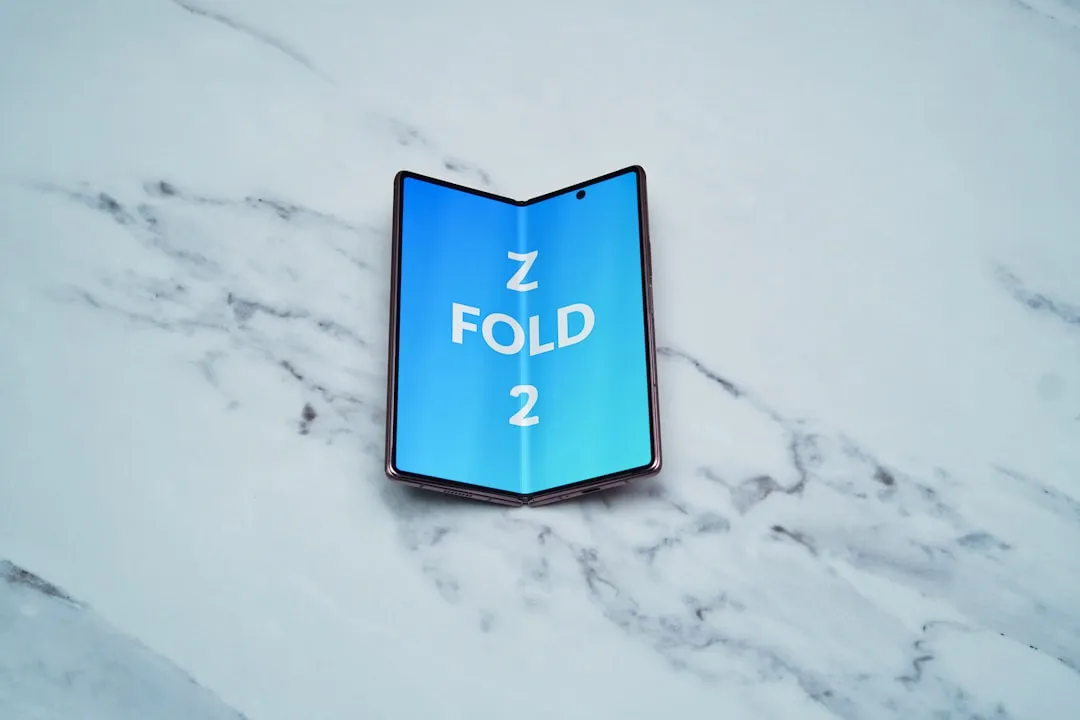The Latest on Mad Science


news
Bat Science: How Realistic Are Batman's Gadgets in Dark Knight Rises?

how to
How to Make a Simple Fog Machine to Prank Your Roommates

how to
DIY Lab Equipment: Make an Etch Tank for Rapid PCB Fabrication






























Featured On WonderHowTo:
Productivity & Shortcuts










Featured On WonderHowTo:
Music & Audio









Featured On WonderHowTo:
Augmented Reality








Featured On WonderHowTo:
Gaming










forum
Project Question 






































































































































































































